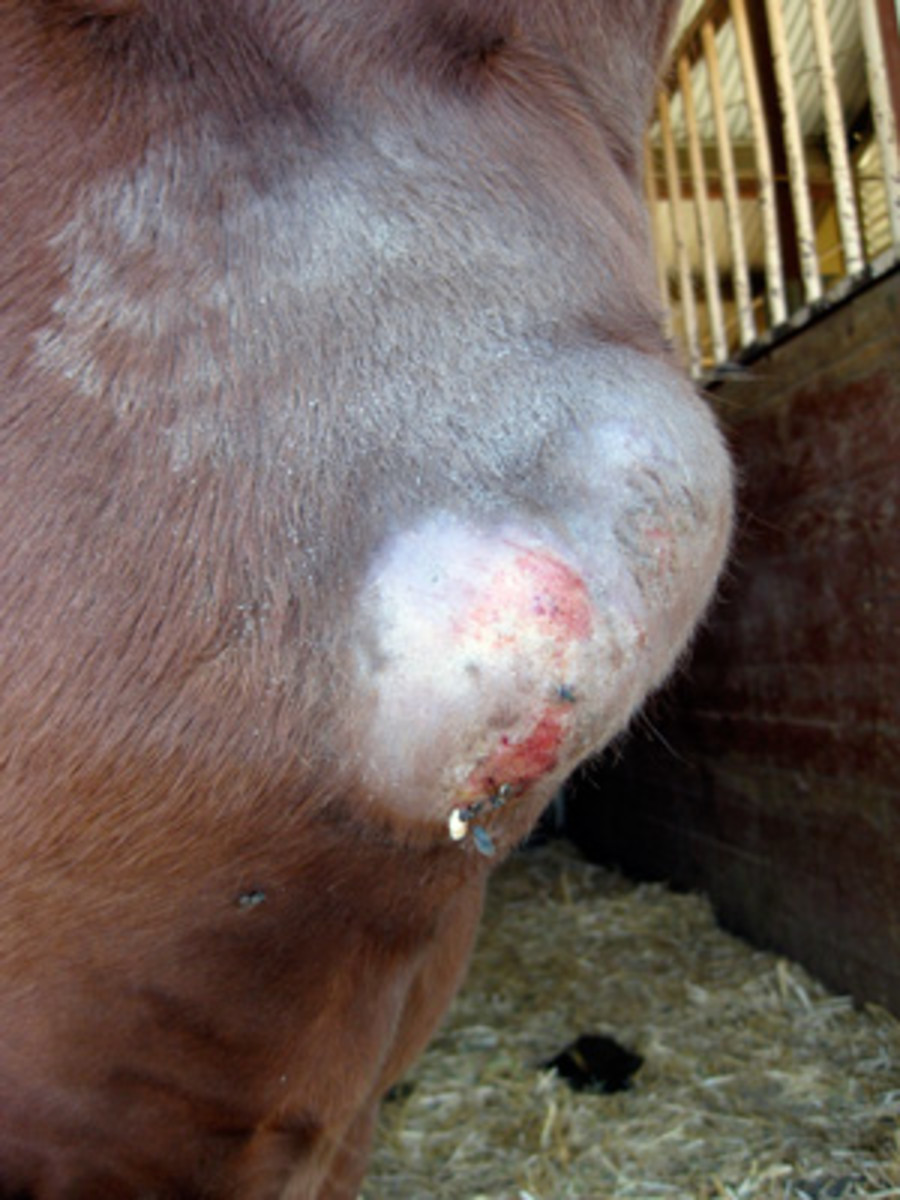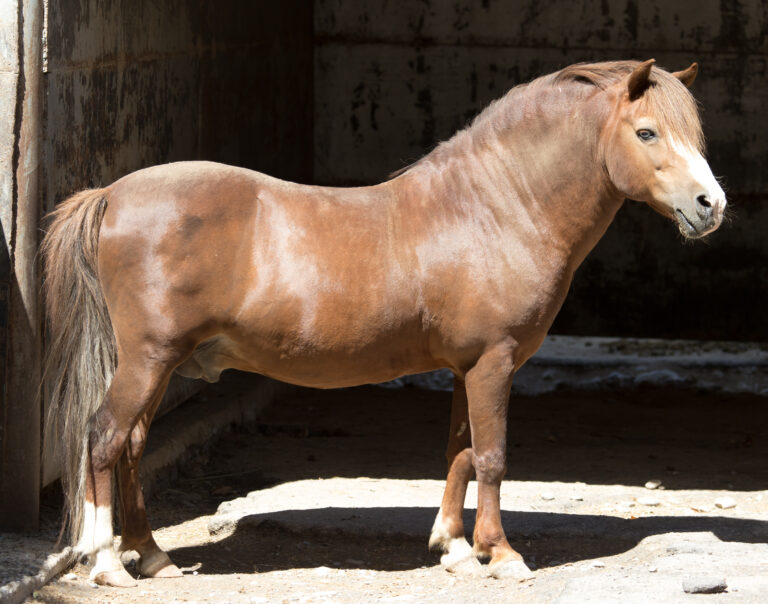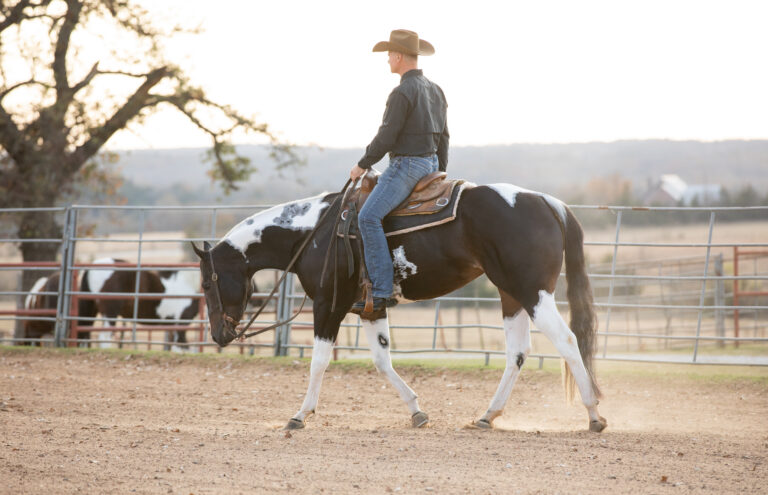
Pigeon fever has extended its reach to states far from the arid western United States, including Kentucky, Florida, and even Hawaii. It has shown up in Mexico and western Canada.
While it is occurring throughout most of the United States, it is most commonly seen in California, Colorado, Idaho and Oregon. With warming temperatures and increasing drought from the effects of climate change, it is possible to see more outbreaks at greater frequency in many regions of the country.
The bacteria thrive in hot, dry conditions, which have typically been associated with the arid West, but now other areas of the United States are affected by climate conditions in which the bacteria flourish. Changing climate conditions are enabling the bacteria to thrive year-round.
About 90% of C. pseudotuberculosis cases involve external abscesses forming in the pectoral muscles, along the abdomen and groin, in the axilla, the neck or head, and just about anywhere on the body. It can also cause ulcerative lymphangitis of the limbs, which is problematic to treat. The biggest danger results when abscesses form internally—not only are these difficult to identify, but they are also very challenging to treat and are associated with a 40% mortality rate. Along with diagnostic ultrasound, serologic testing with the Synergistic Hemolysis Inhibition (SHI) test is available to help with diagnosis of internal abscessation.
C. pseudotuberculosis is tenacious, able to survive in shavings and hay for up to two months, and it can live as long as eight months in soil, especially when mixed with manure. The environment is contaminated when the abscess spontaneously opens and drains. It is transmitted from the soil reservoir to a horse by insect vectors such as flies, particularly houseflies, stable flies and horn flies.
Horse owners become pretty upset when they see development of large abscesses on their horses. Until now, there hasn’t been much that a veterinarian can do to help to minimize outbreaks of C. pseudotuberculosis other than to offer biosecurity recommendations, such as fly control to deter mechanical transmission and isolation of infected horses in an easy-to-clean area to remove abscess drainage and prevent horse-to-horse contact. Careful hand washing after working with infected horses is important as is practical wound care to limit exposure of wounds to flies or contaminated soil.
A new bacterin developed by Boehringer-Ingelheim is finally available as a conditional vaccine against C. pseudotuberculosis. The vaccine is labeled for use in healthy horses older than 12 months. A primary series involves a first injection that is boosted 3-4 weeks later. Boehringer Ingelheim noted that local swelling at the injection site might last for a week, and mild colic might develop within six hours that could last for 24 hours. Also, fever might occur between 24-72 hours following vaccination.

![[Aggregator] Downloaded image for imported item #18965](https://s3.amazonaws.com/wp-s3-equimanagement.com/wp-content/uploads/2025/11/26161444/EDCC-Unbranded-4-scaled-2-768x491.jpeg)
![[Aggregator] Downloaded image for imported item #18808](https://s3.amazonaws.com/wp-s3-equimanagement.com/wp-content/uploads/2025/11/06141153/EDCC-Unbranded-17-scaled-1-768x512.jpg)

